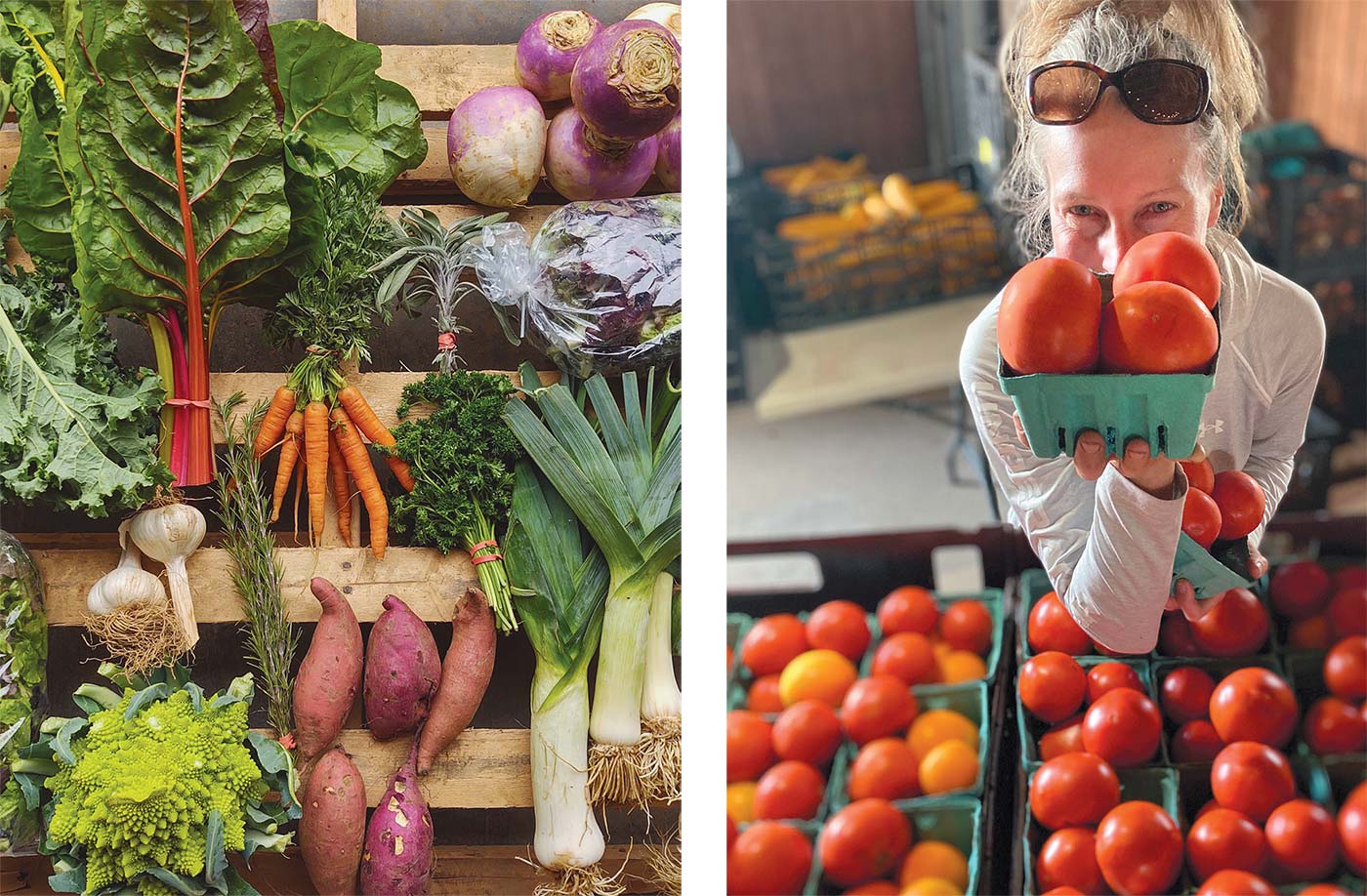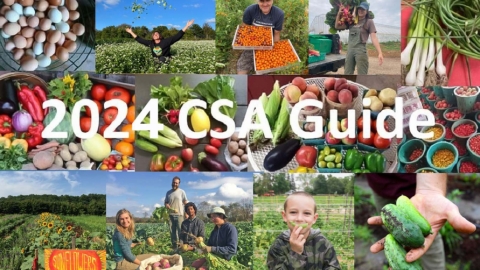CSA: The Importance of Community-Supported Agriculture
The bounty never ceases to amaze: asparagus, parsnips, squash, lettuce, onions, strawberries, spinach, peppers, eggplants, tomatoes, peaches, and on it goes. Locally grown, freshly picked food, full of flavor and nutrition. I’ve watched the march of the seasons in my weekly CSA boxes.
Community-supported agriculture (CSA) harvest subscription programs first took hold in New Jersey in the 1980s. It was a difficult era for farming, both in New Jersey and nationwide, as more and more farms were disappearing, adversely impacted by factors such as land development and high interest rates, to name a few. By 1990, the number of New Jersey farms had dropped to 8,100, a startling low point in a century that had begun with a reported 34,650 farms operating in the Garden State*. Consumers were starting to take notice and interest began to grow in a new, oddly named concept: community-supported agriculture.
Today, CSA is a hallmark of the Garden State’s local food movement. How does it work? By making a financial commitment to support a particular farm or co-op group, consumers provide farmers with operating funds when they need them, either with a one-time upfront membership fee or weekly/bimonthly payments. In return, CSA members receive regular shares of abundance of fresh-from-the-field produce at its peak and other items, such as meats, milk, and eggs throughout the harvest season or year ‘round, depending upon the particular program.
The model has evolved over the years and was further expanded during the pandemic. Today’s CSAs offer a variety of benefits and services to best meet customers’ needs, ranging from home delivery to customization of orders to recipe recommendations. Some farms also offer opportunities to further solidify the member-farm relationship. Invitations to on-farm events and pick-your-own days allow members to experience firsthand the concept of “know your farmer; know your food.”
Farms and food co-op services throughout the state are currently accepting CSA memberships for the 2023 season, and our partner CSA farms are listed on these pages. We encourage you to visit their websites to determine which program works best for you and your family. The financial stability CSAs offer to our Garden State farm community cannot be overstated. The number of New Jersey farms now stands at close to 10,000 and CSA is one of the many initiatives that sustain our region’s agricultural community. Commit to a CSA program this year to enjoy access to the best of Jersey Fresh food while supporting New Jersey’s outstanding farms and your family’s own good health.
*Census Bulletin #133, Washington, DC, January 1902







